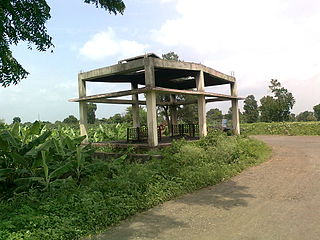 W
WCremation is a method of final disposition of a dead body through burning.
 W
WCremation is a method used to dispose of the deceased in the Christian world despite historical opposition to the practice.
 W
WThe Cremation Society of Great Britain was founded in 1874 to promote the use of cremation as an alternative means of dealing with the bodies of the dead instead of burial which until then was the only option. Today the Society is a registered charity and is not conducted for profit.
 W
WA crematorium or crematory is a venue for the cremation of the dead.
 W
WThe majority of funerals in Japan include a wake, the cremation of the deceased, a burial in a family grave, and a periodic memorial service. According to 2007 statistics, 99.81% of deceased Japanese are cremated.
 W
WHenry Laurens was an American merchant, slave trader, and rice planter from South Carolina who became a political leader during the Revolutionary War. A delegate to the Second Continental Congress, Laurens succeeded John Hancock as President of the Congress. He was a signatory to the Articles of Confederation and President of the Continental Congress when the Articles were passed on November 15, 1777.
 W
WPhongyibyan is a Burmese language term for the ceremonial cremation of high-ranking Buddhist monks, in particular monks from Myanmar's largest Buddhist order, the Thudhamma Nikaya.
 W
WA pyre, also known as a funeral pyre, is a structure, usually made of wood, for burning a body as part of a funeral rite or execution. As a form of cremation, a body is placed upon or under the pyre, which is then set on fire.
 W
WThe 20th century history of cremation in Romania began in 1923, when the Romanian Cremation Society, called Cenușa ("Ashes"), was formed. In February 1928, the Bucharest Crematorium, also called Cenușa, began operations. It cremated 262 corpses that year, the figure rising to 602 in 1934. In 1935, 0.19% of Romania's dead were cremated there.
 W
WA śmaśāna is a Hindu crematory ground, where dead bodies are brought to be burnt on a pyre. It is usually located near a river or body of water on the outskirts of a village or town; as they are usually located near river ghats they are also called smashan ghat.